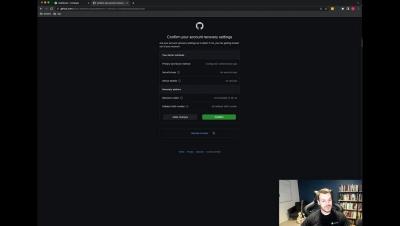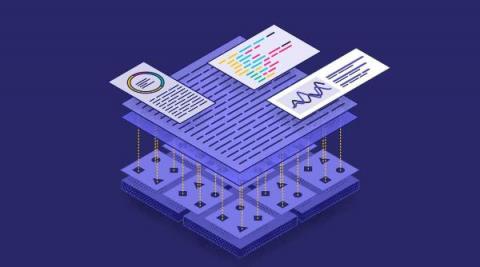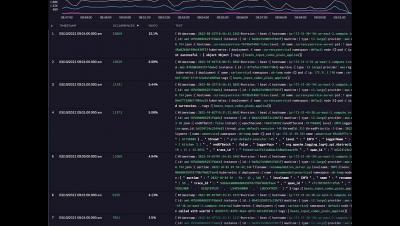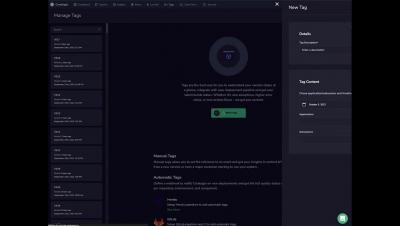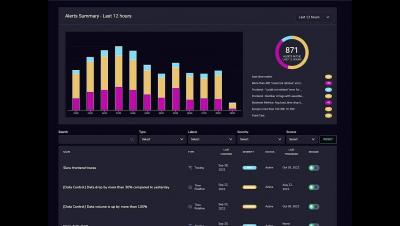Operations | Monitoring | ITSM | DevOps | Cloud
Coralogix
What is Istio Service Mesh, and Do I Need It?
Development teams build modern applications using microservice architectures. Individual services are built and maintained by separate teams, and then these services are combined using container-based orchestrators to comprise a complete product offering. Microservices are a standard development method because they allow teams to iterate releases, providing ongoing new customer-facing features and bug fixes without needing to redeploy an entire platform or app.
How to Keep Your System Visible in the Age of Remote Working
Monitoring IT infrastructure and services has always been an essential IT prerequisite. However, your IT monitoring system and security measures need to upgrade with an exponential increase in the number of remote users post-pandemic. For instance, consider this: At the end of a work day, you are notified that one of your critical services has gone down. But the problem is that five teams support different processes of that service.
Fintech Industry: Are Your IT, DevOps, and Engineering Teams Siloed?
The Cambridge English Dictionary defines a silo as “a part of a company, organization, or system that does not communicate with, understand, or work well with other parts.” Siloing can exist at various organizational levels: siloed departments, siloed teams within a department, and even siloed engineers within a team. In any industry, siloing can cause issues with alignment, communications, and overall delivery, but in fintech, there are additional risks.
Loggregation Overview
Tagging Dashboard Overview
LiveTail Overview
Insights Dashboard Overview
Alerting Dashboard Overview
How to Scale Your Alerts Beyond PromQL with Coralogix Flow Alerts
When building alerts, engineers aim to create accurate, timely, and actionable alerts. In pursuit of this goal, many engineers will leverage PromQL throughout their careers. PromQL is the query language used by Prometheus and Alert Manager to query metrics and define alerting rules. While PromQL works very well for simple use cases, as infrastructure scales, architectural patterns grow more complex, engineering practices accelerate, and alerting use cases become more multivariate.


